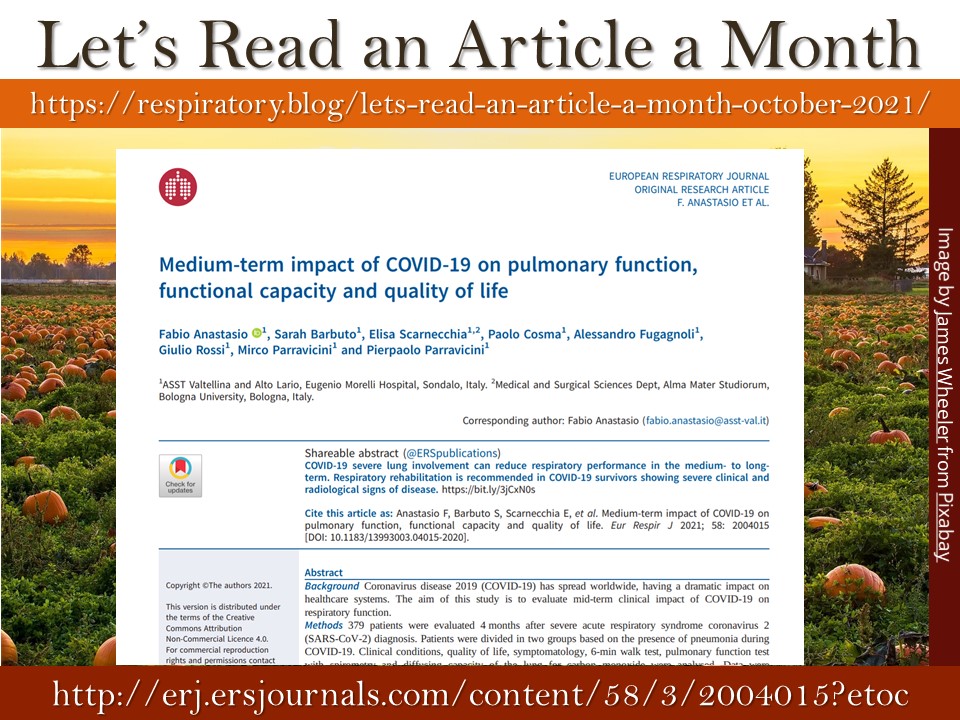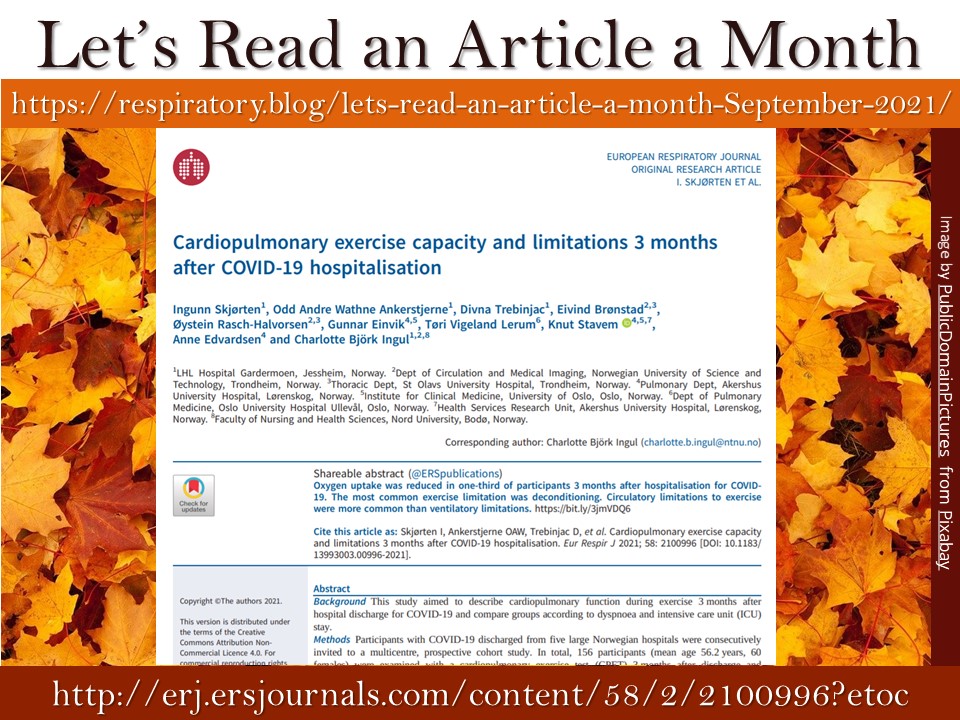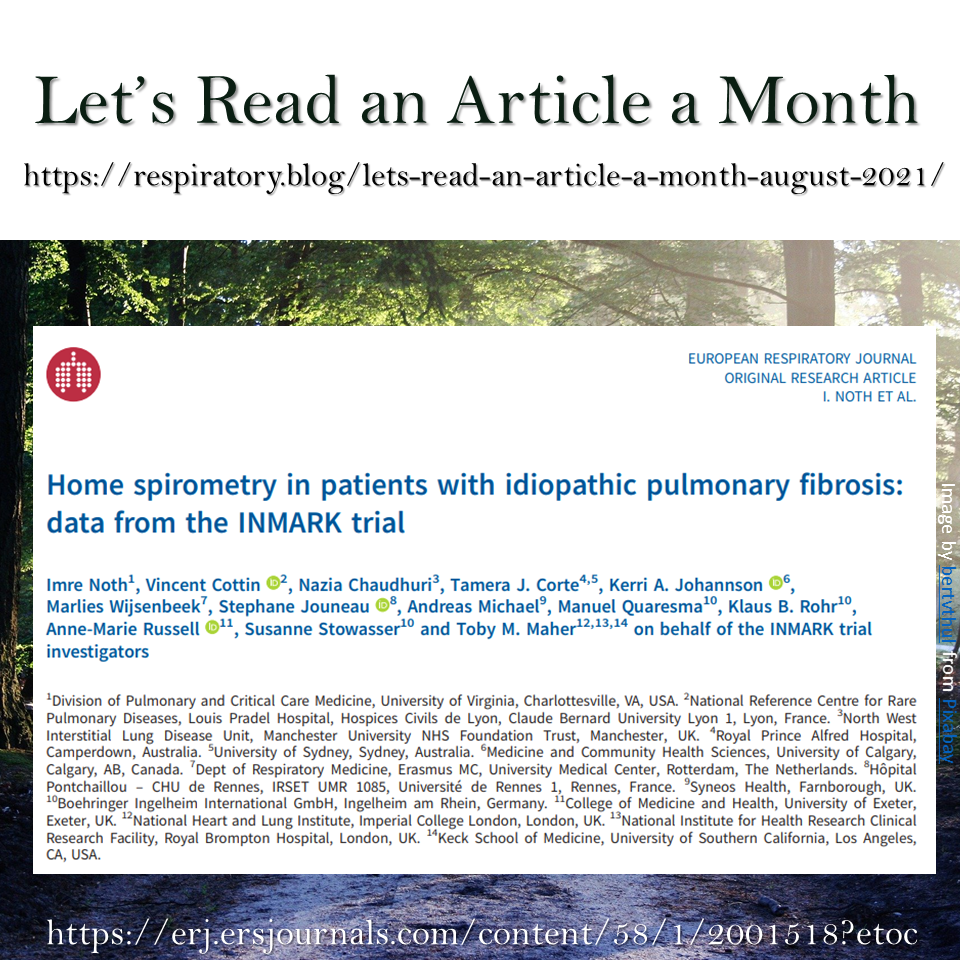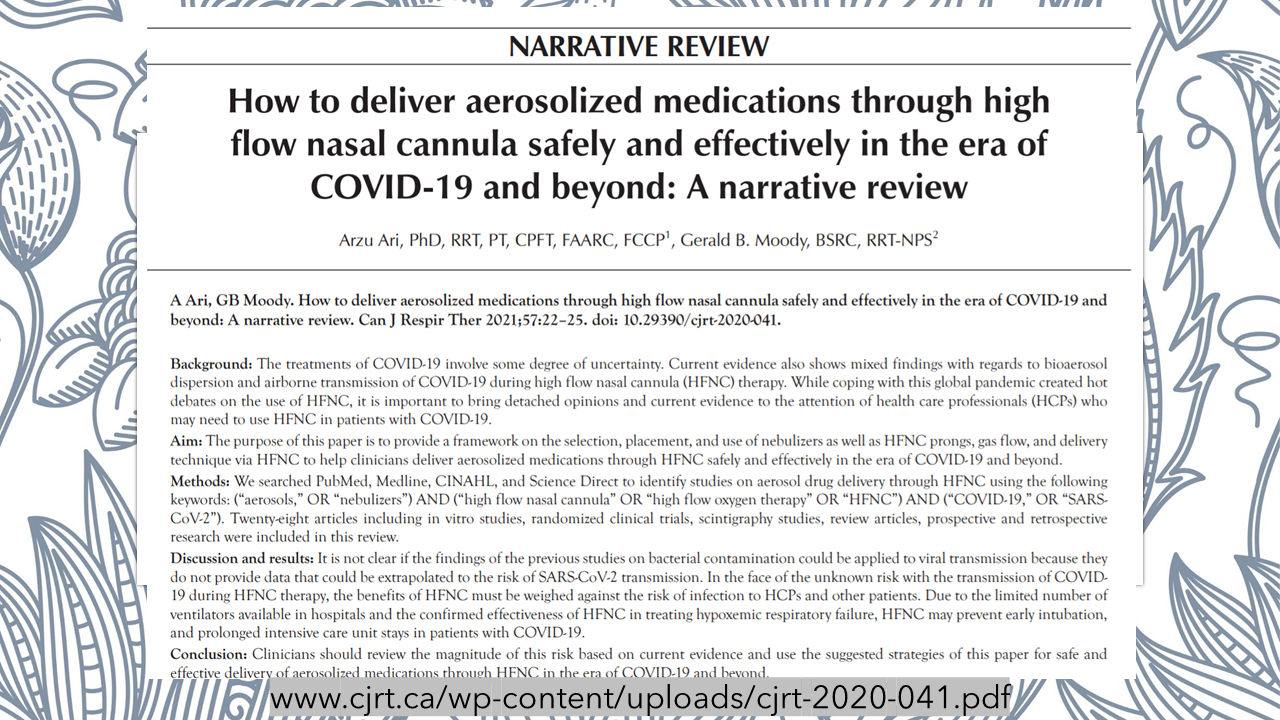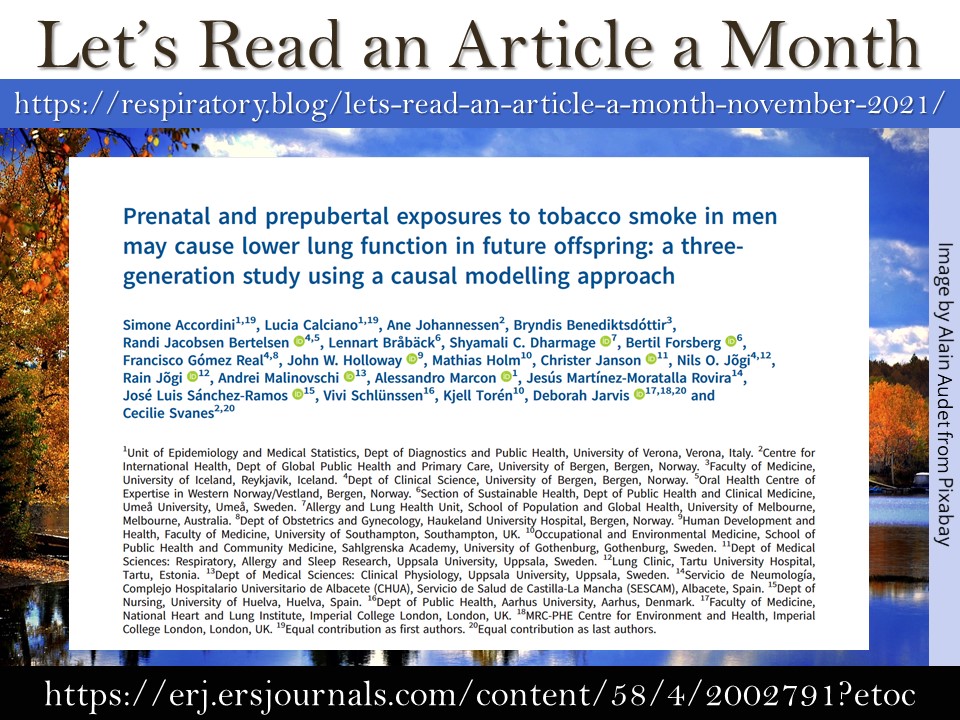
Every month I try to read an open-access article. After reading the article, I share the title and associated link with my followers. This is to encourage clinicians to read articles, stay up to date, and continue to grow.
This paper investigated “causal associations to estimate the causal effects of fathers’ smoking initiation in prepuberty (generation G1) and grandmothers’ smoking in pregnancy (generation G0) on offspring’s lung function (generation G2) within the paternal line” (p2).
Prenatal and prepubertal exposures to tobacco smoke in men may cause lower lung function in future offspring: a three-generation study using a causal modelling approach
By: Simone Accordini, Lucia Calciano, Ane Johannessen, Bryndis Benediktsdóttir, Randi Jacobsen Bertelsen, Lennart Bråbäck, Shyamali C. Dharmage, Bertil Forsberg, Francisco Gómez Real, John W. Holloway, Mathias Holm, Christer Janson, Nils O. Jõgi, Rain Jõgi, Andrei Malinovschi, Alessandro Marcon, Jesús Martínez-Moratalla Rovira, José Luis Sánchez-Ramos, Vivi Schlünssen, Kjell Torén, Deborah Jarvis, and Cecilie Svanes.
European Respiratory Journal 2021 58: 2002791; DOI: 10.1183/13993003.02791-2020
Link to the article: https://erj.ersjournals.com/content/58/4/2002791?etoc
Reasons you may find this article interesting:
- Perhaps not surprising: “Fathers’ smoking initiation in prepuberty was associated with an increased risk for nonallergic asthma in offspring” (p9).
- Interesting finding from the analyses of the collected data: “fathers’ overweight onset before 15 years of age had a direct effect on nonallergic asthma in the next generation” (p9).
- Lastly, check out one of their conclusions:
“Men who initiated smoking before 15 years of age may have offspring with lower lung function compared with men who had never smoked. Grandmothers’smoking in pregnancy may have a negative impact on their sons’ lung function, an effect that could be carried over to their grandchildren. These results support the concept that lifestyle-related exposures in male prepuberty and in pregnancy influence the health of future generations. ”
(p10)
As always, I encourage you to read the article to learn about all the details.
Happy reading and learning,
Farzad Refahi
November 5, 2021
https://respiratory.blog/lets-read-an-article-a-month-November-2021/
